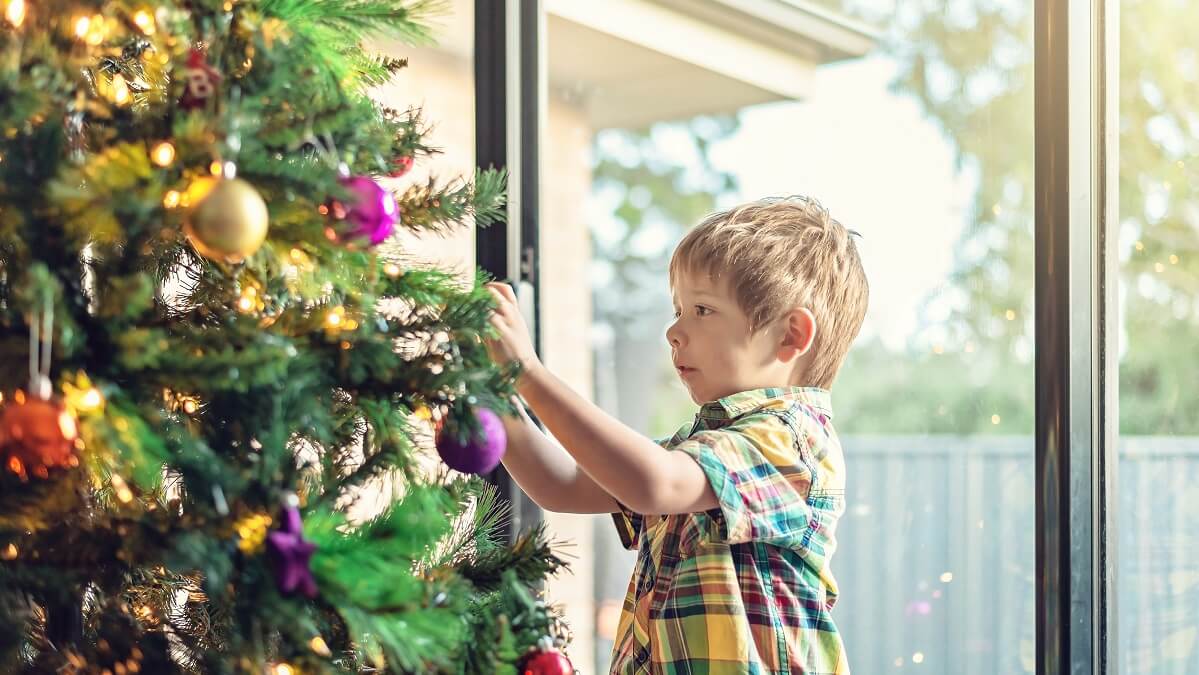The Christmas tree is a huge part of the festive season, but even this heart-warming symbol can be divisive. These days there is growing concern about to the environmental impact of Christmas trees – be they real or fake.
On one side, people don’t like killing trees to hang baubles on, and on the other, the production of a relatively large plastic item that’s only used once a year has a considerable environmental cost.
Well, there’s been a lot of research and the results are quite clear, natural trees are much more environmentally sustainable than plastic ones.
Read: Big retailers named and shamed over extended warranties
According to The Guardian, a two-metre tree has a carbon footprint equivalent to about 40kg of greenhouse gas emissions, which is more than twice that of a real tree.
And apart from the manufacturing cost, there are the air miles. Unless you live in Asia, your tree will have been shipped in from another country, whereas a natural tree is more likely to be local.
Artificial trees also end their life in landfill, whereas real trees can be either cut up for firewood or many councils and private services will take them away and woodchip them for mulch, which is by far the most environmentally suitable use for its end of life.
Read: How to spot a fake review before it ruins your Christmas shopping
In a system, in the UK, that I hope catches on here you can hire Christmas trees. Customers pay a deposit to have the tree delivered to them for the festive season. After Christmas it’s picked up and returned to the farm and replanted until the following year. It will then be dug up again and the process repeated until the tree is too big and is either used for plantation timber or firewood.
While it’s becoming popular in the UK, Australia’s vast distances may make this unworkable on a large scale.
Perhaps you can follow the example of my mum who always has a small tree planted in a pot. She brings it inside at Christmas time, decorates it, and then takes it outside come January. Once it gets too heavy to carry, she plants it in her garden or if it’s going to be too big, donates it to a friend who has a couple of hectares of land.
She’s not too fussy about it being a traditional tree either. One was a Norfolk pine but she has also had a ficus and a couple of natives.
Read: Most and least distracting Christmas songs
If you do decide on a natural tree, there are a few tips to keeping them in good shape through the festival season.
Buy it as close to Christmas Day as possible, although this may be an exercise in diminishing returns as the later you buy it, the less choice you will have.
Once you have it home, look on it as a cut flower in a vase, a very large flower, and as such make sure the vendor freshly trims the base.
In Australia, it’s vital to keep it well watered. Get it into a bucket of water as soon as you get it home and keep the base covered with water at all times, checking every day.
A specialty tree stand with bolts to keep the tree in place and a water well is ideal, but can be expensive.
And try to keep it away from heat sources such as sunny windows and televisions.
Do you prefer a natural or artificial tree? Why not share your opinion in the comments section below?


Have always had a natural Christmas tree which is used for firewood the following year and the smaller branches being used for green mulch. Given family traditions that is not likely to change.